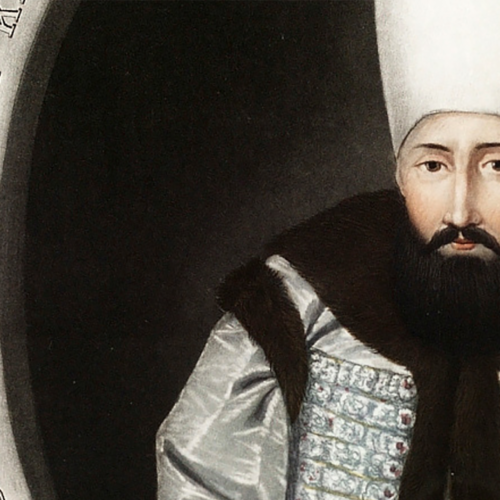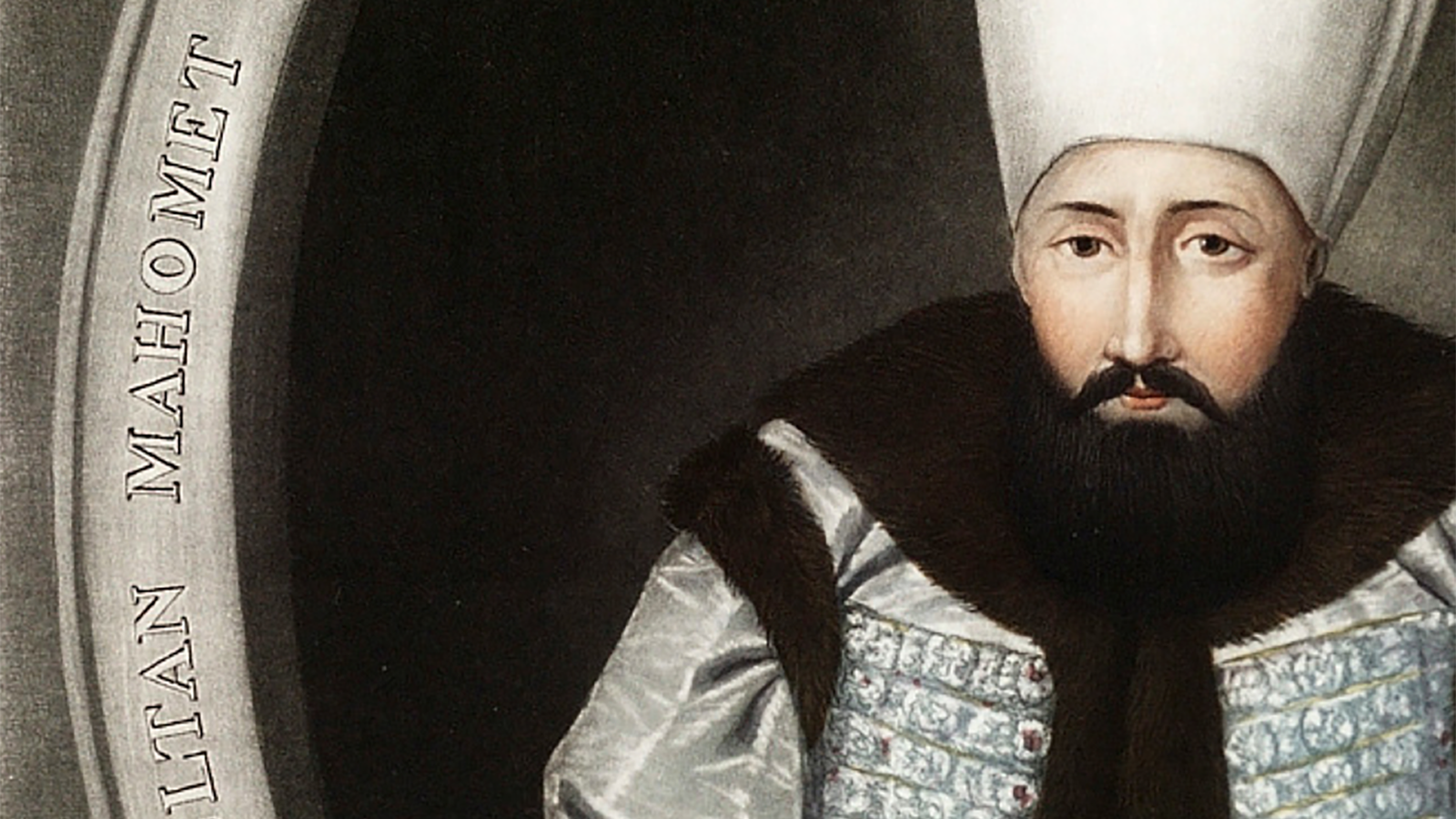The painter Muhammad Zaman ibn Haji Yusuf (active 1670–1700) dramatically changed the course of 17th-century Persian painting at the Safavid court of Shah Sulayman (r. 1666–94) in Isfahan, Iran.
He is celebrated as the innovator of farangi-sazi, a painting style that blended Persian artistic traditions with European techniques such as linear and atmospheric perspective and contrasting light and shadow. With these new pictorial tools, Muhammad Zaman retold the greatest stories of Persian poetry in unprecedented ways that were exciting and meaningful to his contemporaries.
The style of painting Muhammad Zaman developed reflects the society in which it was conceived. Isfahan’s diverse population was composed largely of Persian and central Asian Muslims, Georgians, Armenians, Circassians, Jews and Zoroastrians. During the 17th century, the capital’s European population grew exponentially as Western artists, adventurers and merchants flowed in, adding to an atmosphere ripe for innovation.
Two of Muhammad Zaman’s most important commissions are displayed in the exhibition. One, a painting of a biblical subject dedicated to Shah Sulayman, demonstrates the artist’s engagement with religious narratives of Isfahan’s Muslims and Christians. The second is a series of illustrations added to two famed copies of Persian poetry safeguarded in the royal library. In this enviable commission, Muhammad Zaman demonstrated his sophisticated understanding of canonical Persian literature and showcased his command over the latest painterly techniques from Europe.
Following court etiquette, Muhammad Zaman referred to himself as a “slave” of the royal household in his signatures. In doing so, he emphasized that he was part of the service elite, a collective bound to the shah that viewed service as a virtue. Along with nobles and courtiers, court painters like Muhammad Zaman were handsomely rewarded with money, titles and ceremonial robes of honor.


